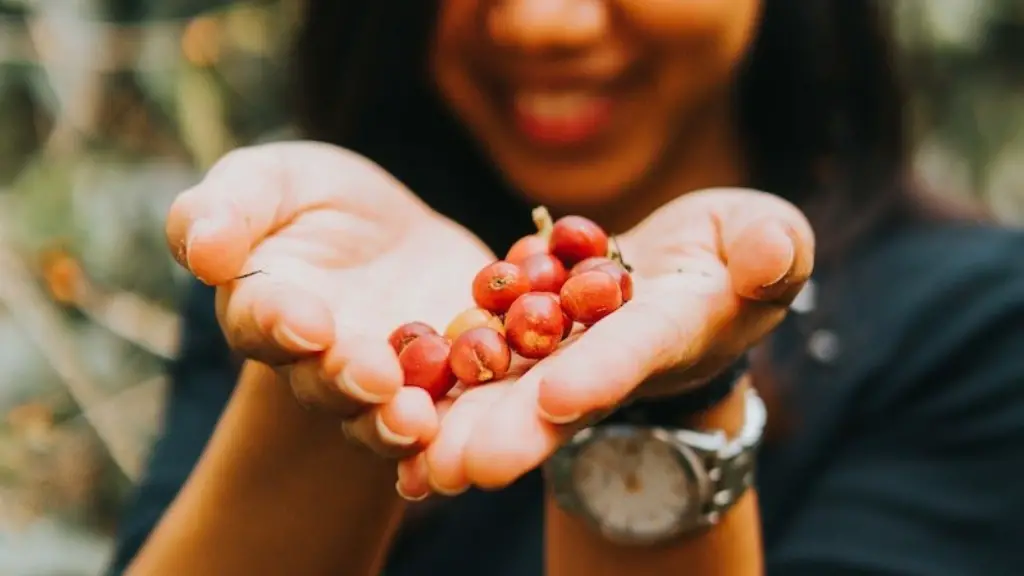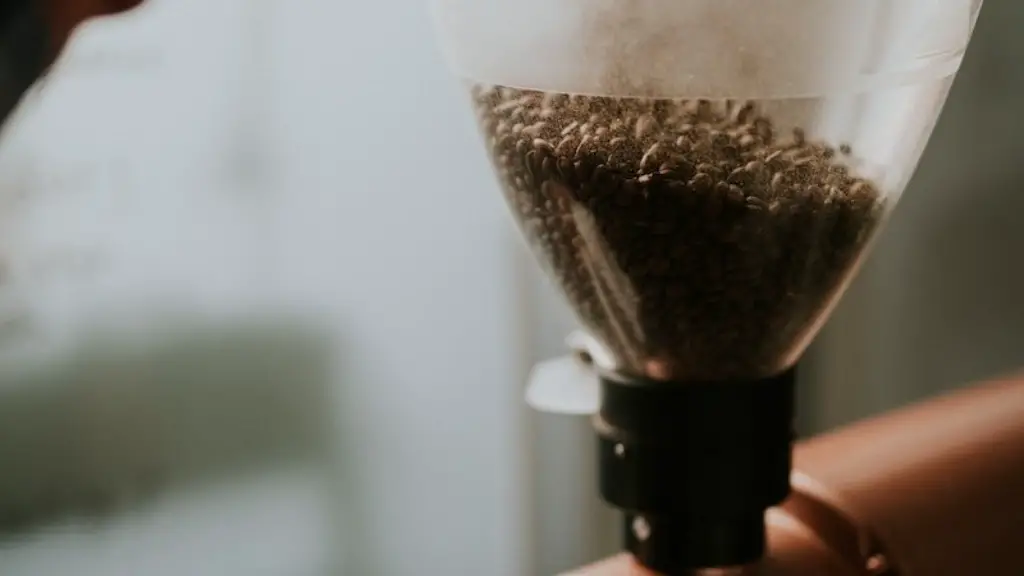What is Vietnamese Coffee?
Vietnamese coffee is a type of traditional coffee made up of a dark roasted blend, brewed through a filter that uses a steel ‘phin’ to drip the hot water over fine ground coffee grounds and then into the cup. Traditional Vietnamese coffee beans are blended using robusta beans, which have a stronger, more robust flavor and aroma than arabica beans.
People have created this style of coffee for centuries and is also called ‘Ca phe sua da’ or iced milk coffee. The main characteristic of this coffee is its intense aroma of a sweet caramel-like toffee. This combination of beans and preparation method results in a bittersweet robust flavor, and on the other end, a creamy top most layer.
Does Starbucks Sell Vietnamese Coffee?
At this moment, Starbucks only offers their version of Vietnamese coffee which includes iced espresso with condensed milk. It isn’t a traditional Vietnamese coffee as they do not use the steel ‘phin’ filter or robusta-blended beans. For traditional Vietnamese coffee drinkers, the Starbucks Vietnamese style coffee would be too sweet because of the addition of condensed milk.
In some branches, mostly located in Southeast Asia, the company does offer customers a cup of authentic Vietnamese style coffee, which is filtered through a steel ‘phin’ and prepared to the traditional way. However, this isn’t available in all Starbucks branches.
History of Starbucks and Vietnamese Coffee
Starbucks does not have a long-standing legacy in Vietnamese culture, like other coffee chains specializing in traditional Vietnamese coffee. But Starbucks does have an interesting history with coffee planting and conservation in Vietnam.
Since 2008, Starbucks has worked with local coffee growers in Vietnam to improve coffee production. They have provided intensive support and initiatives to promote sustainability and enable coffee farming so they can deliver the best coffee beans available.
Recently, Starbucks has taken a new policy that restricts their coffee beans suppliers to the Vietnamese Coffee Association (VCA). The VCA is dedicated to maintaining and promoting traditional Vietnamese coffee. This move by Starbucks could potentially be a step towards offering customers with better quality traditional coffee.
The Impact of Starbucks on Vietnamese Coffee
Starbucks has been actively searching for young Vietnamese to help expand their coffee-farming business in the country and this could potentially lead to wider recognition of the traditional style of coffee. Starbucks not only has the resources to improve coffee production but also has the potential to open doors for many farmers in Vietnam.
So, even though Starbucks does not currently offer traditional Vietnamese coffee, the company is working hard to support Vietnamese coffee farmers. This could potentially help many families in Vietnam to eventually enjoy their beloved traditional coffee.
How is Traditional Vietnamese Coffee Prepared?
Traditional Vietnamese coffee is prepared using a steel ‘phin’ filter, located at the top of a mug. To start, the user would grind fresh coffee beans by hand, put it in the filter and slowly add hot water. The extracted coffee slowly drips through the filter and into the mug. To enhance the flavor, sweetened condensed milk can be added as desired.
The Benefits of Vietnamese Coffee
Vietnamese coffee is generally considered to be healthier than most other types of coffee. Robusta beans are known to contain twice the amount of caffeine as arabica beans, meaning it provides an effective energy boost. Additionally, the steel ‘phin’ filter only extracts the coffee’s flavor and aroma; there are no additional chemicals or oils in the final product.
Vietnamese coffee is also known to have a unique taste. The thick, dark flavor of robusta beans combined with the sweet condensed milk create a special taste that is beloved by many people.
Is Vietnames Coffee Unique?
Vietnamese coffee is unique due to not only its taste but also its method of preparation. Traditional Vietnamese coffee is only widely available in Vietnam, making it a unique and delightful treat for local lovers of coffee. The phin filter, robusta beans and condensed milk guarantee a unique taste and texture, which can’t be replicated by any other type of coffee.
Source of Vietnamese Coffee
Due to its rarity, Vietnamese coffee is often hard to find outside of Vietnam. However, there are some companies that specialize in Vietnamese coffee and provide authentic products from Vietnam in various markets around the world.
These companies usually offer a variety of roasted, loose-grain and medium-roast beans from several Vietnamese coffee plantations. Additionally, some of these companies offer pre-ground, pre-packaged coffee grounds for easy brewing.
Brewing Vietnamese Coffee
Brewing traditional Vietnamese coffee is fairly simple. To brew using a phin filter, simply place the filter on top of a mug and add ground coffee to the filter. Slowly pour hot water into the filter, ensuring that all of the grounds are covered. When all the water is added, wait around 3-5 minutes for the coffee to drip into the mug.
Add sweetened condensed milk to taste, and pour over cold water or ice if desired. The original option is to enjoy the coffee over ice, but if you prefer a hot cup of coffee, that’s perfectly fine too.
How Much Caffeine is in Vietnamese Coffee?
The amount of caffeine in any type of coffee is raised or lowered depending on the kind of bean used and the brewing time. Typically, a cup of Vietnamese coffee contains around 75-90mg of caffeine, which is still a significant amount.
Robusta beans usually have more caffeine than Arabica beans, so naturally Vietnamese coffee drinkers tend to consume higher levels of caffeine. However, that amount varies from person to person and depends on the brewing time and amount of grounds used.
Nutrition Benefits of Vietnamese Coffee
Vietnamese coffee has some health benefits due to its properties as a natural source of antioxidants and other essential vitamins and minerals. Robusta beans are also high in magnesium, potassium and phosphorus, which are necessary for good health and maintaining a healthy immune system.
Sweetened condensed milk is also a great source of calcium and protein, so it’s a great way to add some extra vitamins and minerals to your morning cup of coffee. Additionally, condensed milk has a lower fat content than other dairy products, making it a healthier alternative.
Environmental Impact of Vietnamese Coffee
In Vietnam, the vast majority of coffee beans used for traditional coffee production are produced in large coffee plantations. These are usually located in remote areas of the country, far from population centers, which allow for natural methods of coffee production.
This limits the environmental impact of production since the farms are usually located on remote, undeveloped land that is free from pollution. Moreover, the traditional method of preparation does not require a lot of energy or resources, which adds to the sustainability of this coffee.



